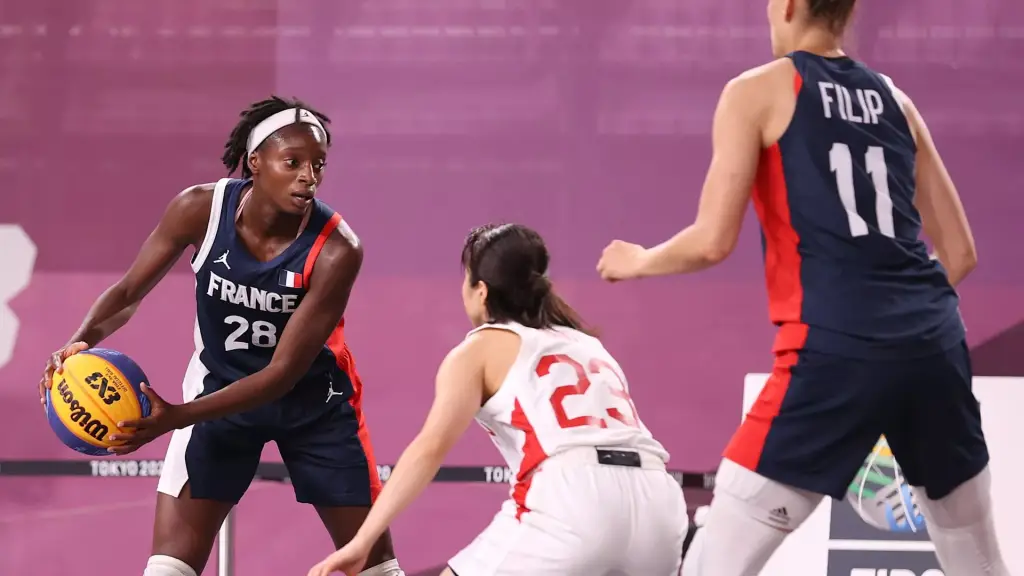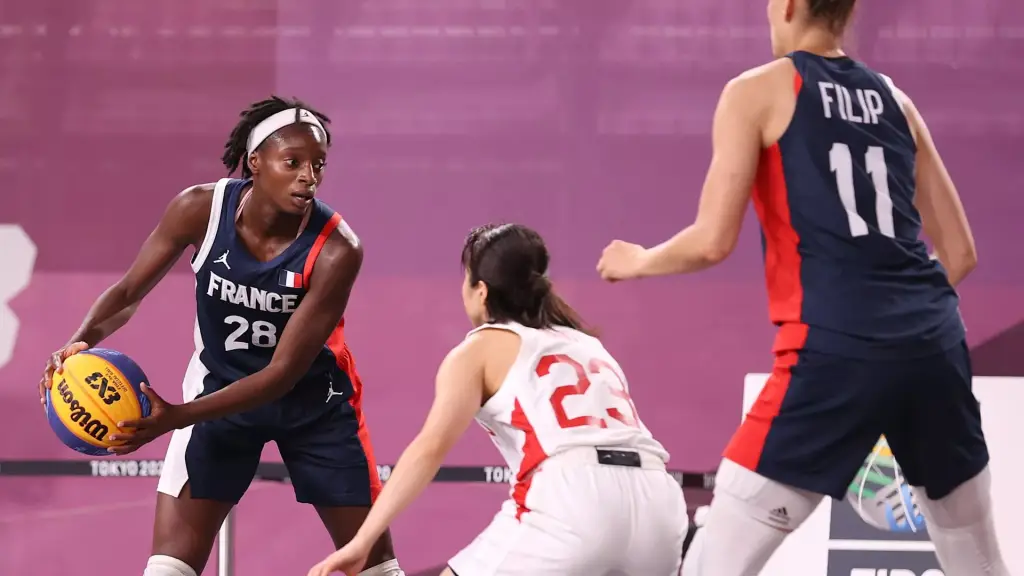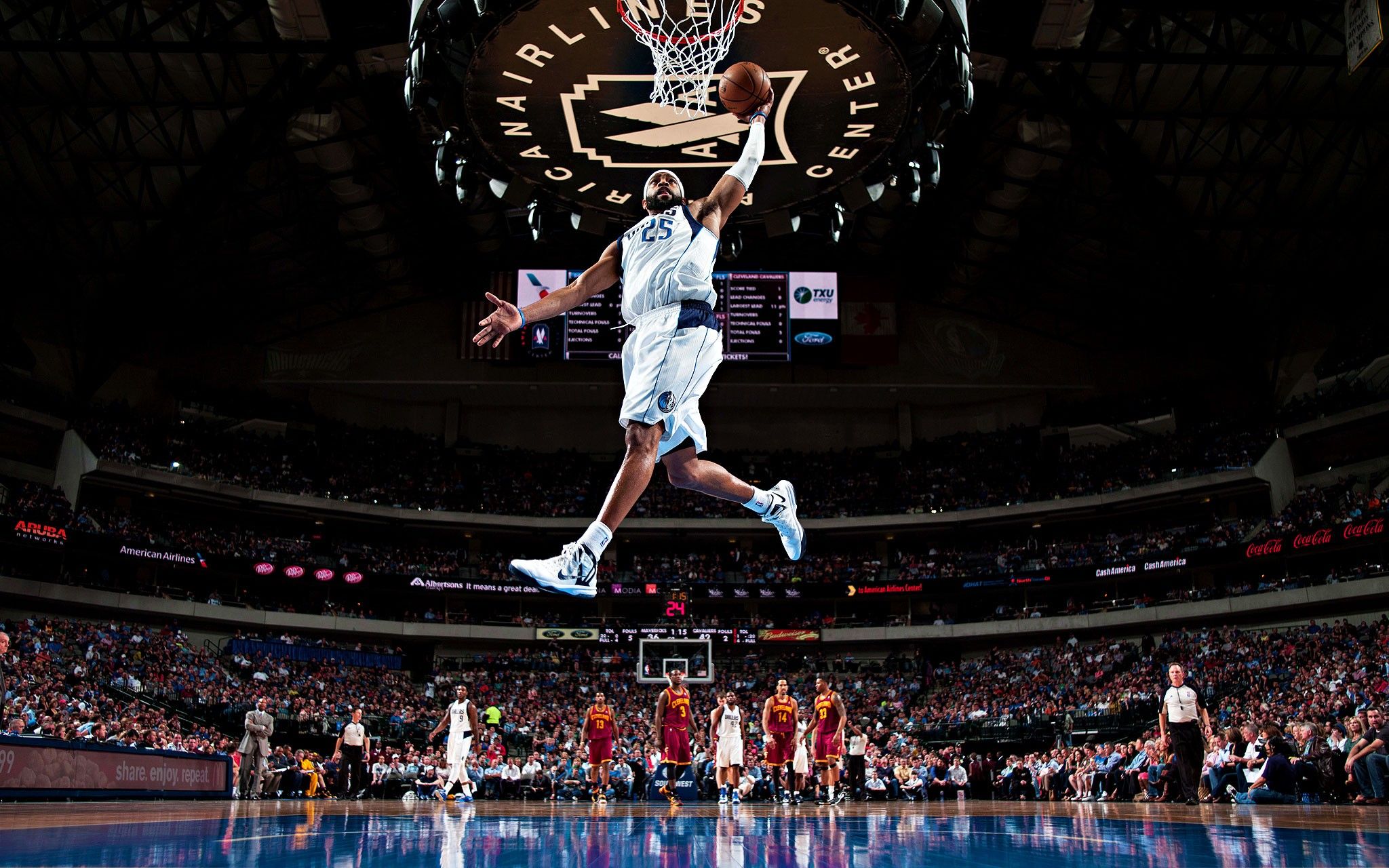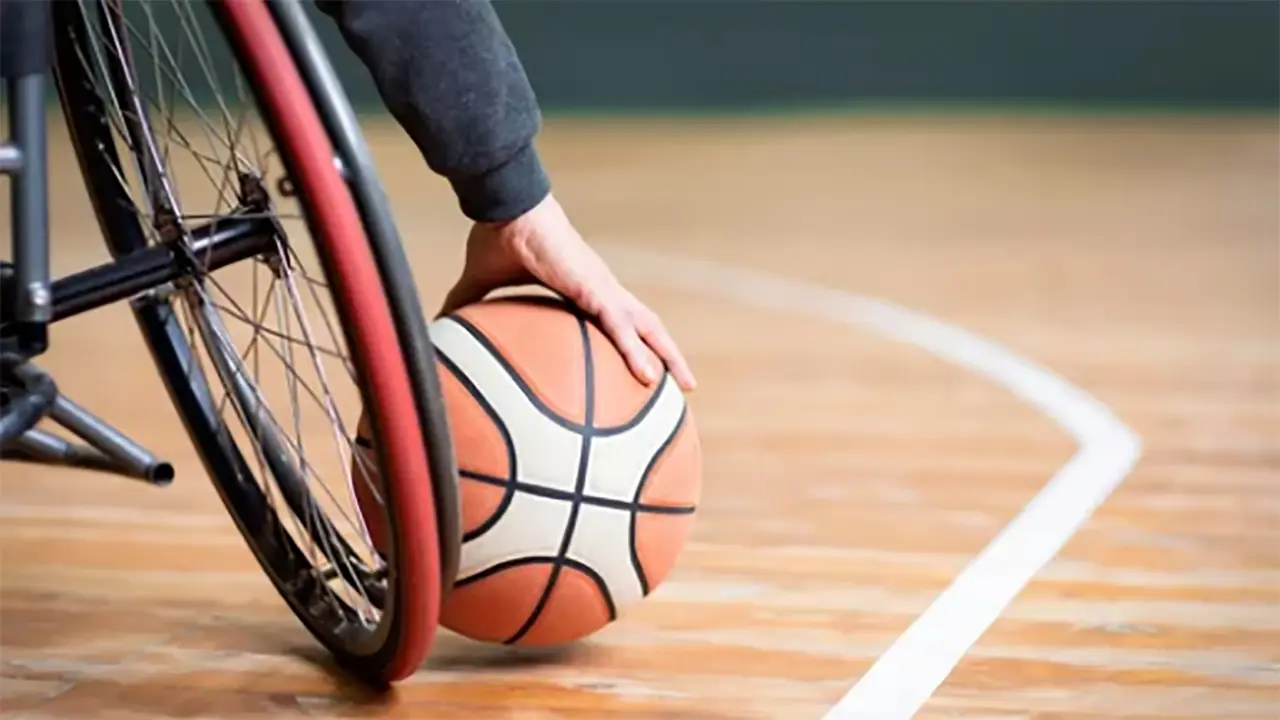The sport format, which originated from backyard games, became part of the Olympic programme and the world rankings. The rules of 3-on-3 basketball are based on the principle of fast ball movement, active defence and minimal decision-making time. The pace at which the game develops requires full concentration, exceptional stamina and lightning-fast coordination.
The playing fields on which the games take place are limited to half the size of a standard field. The compactness of the space increases the density of the game situations.
Rules, format and composition: special features of 3×3 basketball as an independent discipline
The main differences between 3×3 basketball and 5×5 basketball are the rules, the density of game events and the limited human resources. Each player simultaneously controls the space, plays the ball and participates in the finish.
Players and substitutions
Teams consist of three players on the court and one substitute. Substitutions are only allowed during breaks in play, which increases the importance of endurance. Constant movement and contact create conditions in which fatigue sets in much faster than in classic basketball.
Court and ball
The size of the court is exactly half that of a standard court. One basket, one three-point arc, one free-throw zone. The ball is smaller (size 6) but has the same weight as a standard men’s ball. This configuration simplifies dribbling but maintains the difficulty of shooting.
Rules of the game: How to play 3×3 basketball
 The format has strict rules. The basic rules make it easy to understand, but hard to play.
The format has strict rules. The basic rules make it easy to understand, but hard to play.

The rules for 3-on-3 basketball cover a few key points:
- Duration – 10 minutes of pure playing time or until 21 points are scored. The team that scores first or is ahead at the end of the game wins.
- Start – The start of the game is decided by a coin toss. The winner chooses possession or the side.
- Points – A shot from the three-point line is worth 2 points, all other shots are worth 1 point.
- Attack – There are 12 seconds available for execution. After a rebound in defence, the ball must leave the arc.
- Transition – The team that gains possession after a missed shot brings the ball out of the arc and begins a new attack.
Fouls and referees: clear control over the game
The intense format requires concise refereeing. One referee officiates the entire game, recording violations and controlling the change of possession.
Fouls
Every personal violation affects the team. From the sixth foul onwards, each additional violation is penalised with two free throws. From the tenth foul onwards, there are penalties and an automatic change of possession.

Fouls include blocking without the ball, hitting the hands, delaying the game and aggressive contact when running through. The statistics are recorded online and the scoreboard displays the number of violations.
Free throws
A free throw is taken after a foul at the moment of the shot. For a two-point attempt, two free throws are taken. Free throws are taken from the centre of the free throw zone without any players blocking.
Scoring, pace and structure of points: simple arithmetic with high density
The rules of 3-on-3 basketball provide for a faster result. The ‘to 21’ format increases the importance of each individual point. A shot from the three-point line is worth 2 points, all others 1 point. The statistics differ from classic basketball: the average score is 16 to 19 points per game. A change in the lead is possible within a minute.
A team that scores 3 shots from distance and 5 normal shots receives 11 points. The opponent with seven normal shots receives 7 points. This lead can be made up with 2 successful attacks.
Rules of 3-on-3 basketball: attack, dribbling, reaction, defence
The game does not tolerate delays. After each shot, the team must build an attack within 12 seconds. A standard combination includes a pass, a block and a shot.
Dribbling
Dribbling is not a show element, but a survival strategy. A player who loses the ball leaves his teammates outnumbered. Fast movements and changes of direction require coordination and lightning-fast reactions.
Defence
The density of the defence is a decisive factor. The player must control his opponent at a distance of one step. Foul-free defence requires high mobility. A successful ball win or block accelerates the transition to attack and offers the chance for quick points.
Disputes and overtime: Final sprint with no time for mistakes
The rules of 3-on-3 basketball rule out draws. There has to be a result. If the score is tied after 10 minutes of regular playing time, overtime begins – a special period without a timer, but with an extremely strict condition: victory is awarded to the first team to score 2 points. The time is measured from the first attack.
The two-point principle
The mechanics look simple, but require maximum tension. Every pass, every movement is considered potentially decisive. A two-point shot from distance on the first attack ends the game immediately. A single precise long-range shot – and victory is perfect in a matter of seconds.
Tactical considerations
The teams choose different approaches: some immediately pass to a free shooter, others rush to the basket and provoke a foul. Any mistake, be it a turnover, a missed shot from distance or an inaccurate pass, can be fatal. Overtime becomes a game of chess at the pace of a 100-metre sprint.
Examples of game play
Scenario: Team A gets the ball, plays a 10-second attack and scores a shot – 1 point. Team B responds with a two-point shot – final whistle. Result – 2:1 victory in overtime. Playing time – 34 seconds. Such results confirm the thesis: overtime in 3×3 basketball is a blast and not a continuation.
Physical requirements: Endurance as the most important resource
Every possession in 3×3 basketball requires 100% effort from the first to the last second. Players perform at least 60 movements per game, make 25 to 35 accelerations, more than 20 changes of direction and about 15 shots/passes under heavy resistance.
Constant movement
A player involved in the game must move without pause: blocking, changing position, running free, penetrating the zone, intercepting, pressing. The lack of timeouts and the limited number of substitutions make a break a luxury. A single missed shot or a single slowdown – and the opponent takes advantage of the moment.
Work without substitution
Most games take place with a minimum number of rotations. The player remains on the court for 6–10 minutes without interruption. During this time, the pulse does not drop below 160 beats per minute, and the peak load is 190–200. Every sprint is performed in the anaerobic zone.
Coordination, reaction and neural readiness
The format increases the importance of psychomotor skills. Coordination determines effectiveness in a dense game: the lack of space requires mastery of the body in all planes. Immediate changes of direction with or without the ball become routine tasks.
Reaction as a key element
Receiving the ball, choosing a direction, recognising a block and reacting to a ball gain all happen in a fraction of a second. A player who is not ready to adapt immediately loses. Turn half a second too late and the position is lost. One wrong angle in defence and the shot is free.
The intellectual component
According to the rules, a player in 3-on-3 basketball makes decisions under limited space and time conditions. The average reaction window is 0.7 to 1.2 seconds. An error rate of more than 10% leads to loss of possession. In a game, there are about 40 game situations that require an accurate selection from at least three options.
The limited space and time ensure a game of maximum intensity. Overtime and physical condition are the two pillars of the final sprint. Those who conserve their strength, keep their pulse under control and recognise the right moment will win. Fatigue is not an excuse here, but an indicator – the winner is the one who can withstand not only the blow, but also the rhythm.
Conclusion
 The rules of 3-on-3 basketball shape a game in which there is no time to warm up. Every possession carries a risk, every second influences the outcome. Players must demonstrate physical fitness, technical precision and tactical maturity. Dynamism replaces strategy, density replaces variability. This format requires not only athletic strength but also mental concentration. The team that acts precisely, quickly and coolly wins.
The rules of 3-on-3 basketball shape a game in which there is no time to warm up. Every possession carries a risk, every second influences the outcome. Players must demonstrate physical fitness, technical precision and tactical maturity. Dynamism replaces strategy, density replaces variability. This format requires not only athletic strength but also mental concentration. The team that acts precisely, quickly and coolly wins.
 en
en  ru
ru  de
de  ar
ar  es
es  hi
hi  fr
fr  nl
nl  it
it  pt
pt  el
el 



